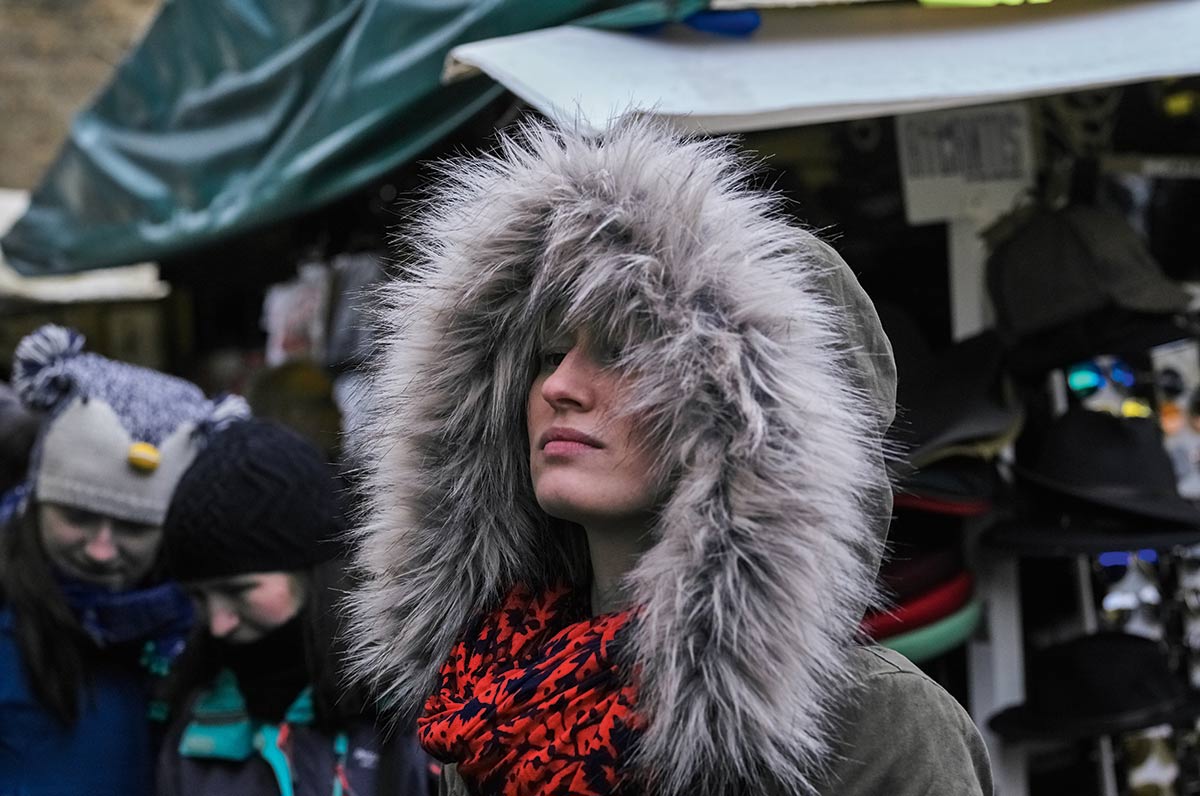Medium-format cameras are turning to the CMOS sensor for its flexibility, and Leica has followed suit with the S (Typ 007). Damien Demolder puts it to the test
Leica S (Typ 007) review
Leica S (Typ 007) review – Features

With its CMOS sensor, the Leica S (Typ 007) is capable of giving much better high ISO results than previous generations of the camera. This image was shot at ISO 3,200
While we call the Leica S a medium-format camera, it doesn’t conform to any other medium-format sensor size that we are familiar with, either from digital sensors or from film. Its sensor measures 30x45mm and so is over 50% larger in area than what we’d call full frame for a 35mm-style camera, but fractionally smaller than the 33x44mm sensors used by Hasselblad, Phase One and Pentax. Leica isn’t letting on where the sensor is made, but the company has had a relationship in the past with a Belgian manufacturer called CMOSIS that makes the chip for the M (Typ 240). This CMOS sensor is likely made by the same company – at least it produces similar-looking results and images that don’t look like Sony’s.
Leica calls its unique format Pro Format, and this example of it carries 37.5-million 6μm pixels. This is the same resolution as the S (Typ 006) and the S2, so resolution hasn’t progressed at all, but Leica says its users are happy with the pixel count – it would, though, wouldn’t it?
Leica claims the sensor provides 15 stops of dynamic range, which is an impressive figure, and because it is CMOS and not CCD it has an ISO range of 100-12,500. Colour is recorded at 16 bits per pixel, and the sensor doesn’t use a low-pass filter, which should allow finer detail to be captured at the expense of some risk of moiré patterning.

At ISO 100 the camera captures exceptional detail and lovely tonality
A 2GB buffer memory and the Leica Maestro II processor allows a frame rate of up to 3.5 shots per second, and for the first time we have 4K and full HD video in a Leica S camera. The HD video mode uses the whole sensor area, so cinematic shallow depth of field is easily achieved, and lenses maintain the same angles of view as they provide in stills mode. The cinema 4K video setting uses a super 35mm area of the sensor, so the view is narrowed by about 1.5x, but resolution is 4,096×2,160p and the frame rate is 24fps. With an HDMI cable, the S can stream video to an external recorder and then can manage 4:2:2 colour and a data rate of 349Mbps. Video is recorded in the MOV file format.
The new CMOS sensor also brings live view to the S series, with a frame rate of 60fps and focus peaking, highlight warnings, a level, grids and a histogram. The rear screen is 3in across diagonally and uses 921,000 pixels, so shooting in live view is a pleasure, particularly when the camera is tripod-mounted. Most users will stick to the viewfinder for handheld work, and its size and 0.87x magnification make it a very enjoyable experience. The standard viewfinder screen is designed to highlight the focus area, but other screens are available with grids and micro prisms.
Another great benefit of the switch to a CMOS sensor is the expansion of the camera’s ISO range. The Typ 006 managed just ISO 100-1,600, but the Typ 007 pushes the top end to ISO 12,500.

The single focus point works best with central subjects
The S cameras still have only a single AF point in the middle of the frame, but now we also have predictive tracking to make shooting moving subjects easier. You might be surprised that this hasn’t been a feature of the S cameras before, but the AF systems in medium-format bodies are generally less flexible and able than those in smaller systems. The larger lens elements are more difficult to move quickly and, perhaps more importantly, more difficult to stop quickly and accurately.
Wireless connectivity comes to the 007 as well, with Wi-Fi providing a link to your smartphone so you can control the camera via the Leica S app and transfer images to your phone.




